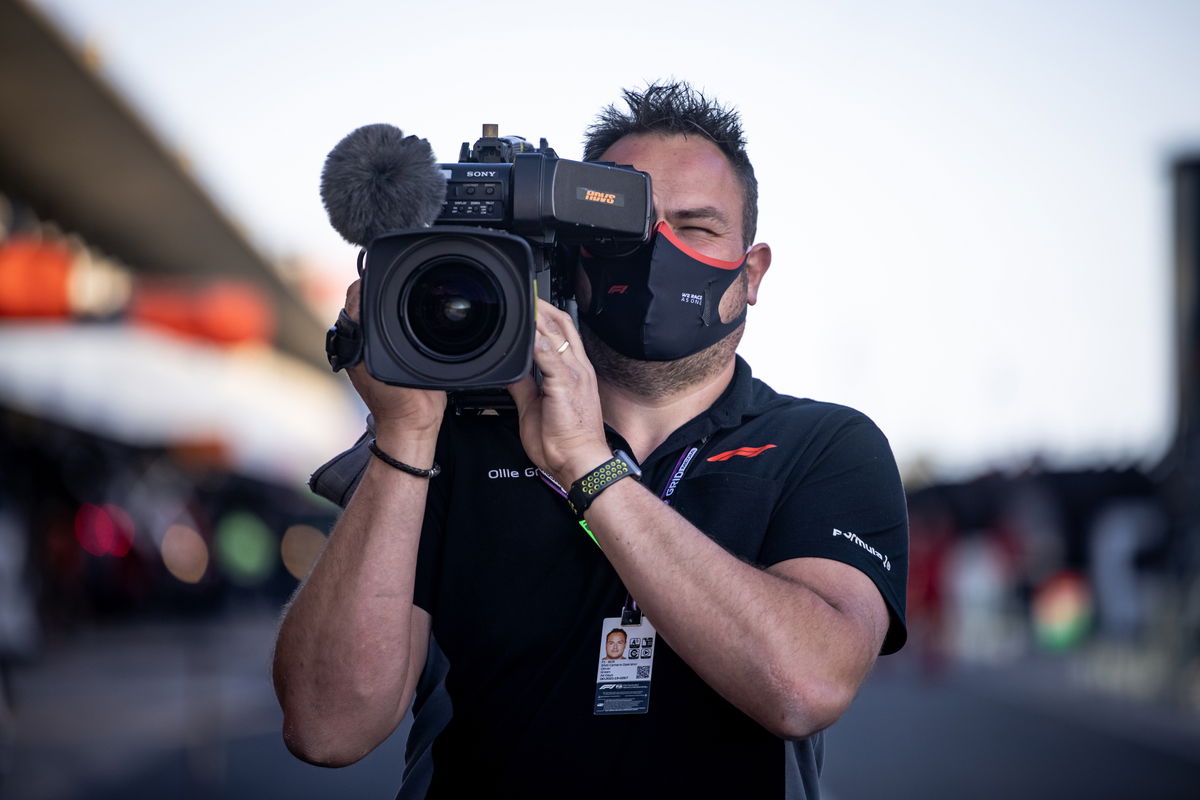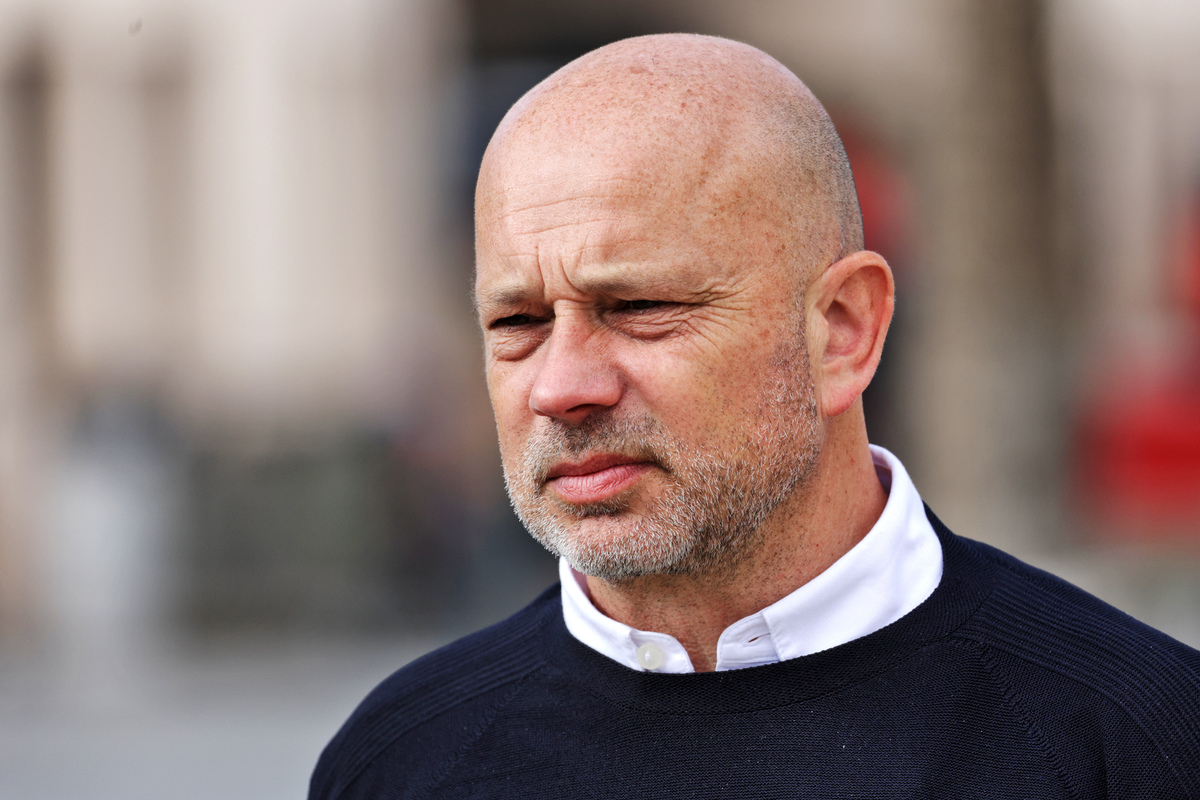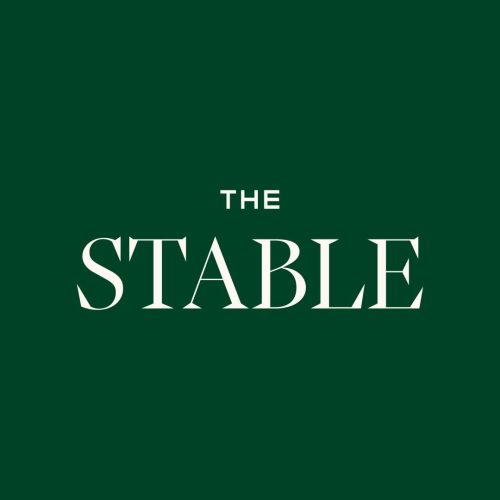

Key to the current explosion of interest in F1 is the television broadcast, underpinning initiatives designed to drive interest in the sport.
Initiatives such as Drive to Survive and a change in approach to social media have opened the door for rafts of new fans.
Underpinning it all is a world-class television broadcast, managed by Formula 1 itself, and building on the foundations laid by Bernie Ecclestone nearly three decades ago.
“Under Bernie, the sport was run incredibly well,” Dean Locke, F1’s director of broadcast and media, explained to Speedcafe.
“We had some very intuitive broadcasts and technology. The digital feed was way ahead of its time.
“The concept of building our own host feed, rather than independent countries and promoters doing that feed, we built a system to do it which now all sports follow.
“There’s a host feed for nearly every sport, within reason, but when we first did it, that was quite groundbreaking in a way.”
That change was key as in a heartbeat F1 was able to offer more consistent coverage devoid of local bias.
Now under Liberty Media’s ownership, that has been extended with the sport’s commercial rights holder going a step further.
It now leverages its archive of footage like it never previously has, while producing not only the world feed but content for its over-the-top F1TV service and trackside big screens.
F1 now operates a remote television broadcast centre from a base at Biggin Hill, which receives content from the track before piping it back out as the world feed.
That in itself is an impressive feat, one expedited by COVID.
“With COVID, we wanted to be the first international sport up and running, which we were,” said Locke.
“That growth in fan base was all incremental of that being first up and running and I quite often talk to people ‘oh I got into it during lockdown, there was nothing else to watch.’
“So that was very important to us. I think that we just accelerated that.”

Ahead of each event, Formula 1 installs 30 loops in the track surface, with data relayed back via 38 antennas dotted around the venue.
Around the track, 28 ultra-high-definition cameras are set up, while each car carries up to seven at any time.
On top of that are eight roving cameras and slow-motion positions, plus cameras embedded in walls and kerbs – not to mention the helicopter camera.
On the audio front, 147 microphones line the track to pick up both the cars, crowd, and atmosphere.
That data is fed from the venue back to Biggin Hill via two 10 gigabit fibre pipelines; enough for 120 concurrent live video feeds.
It’s a set-up that negates the need to transport as many as 60 containers worth of infrastructure around the world as it once did, plus a reducing in travelling personnel.
That process was rushed during COVID, with F1 taking time over the 2022-2023 off-season to revamp its television broadcast centre.
“It wasn’t the nicest of places to work,” Locke said of the Biggin Hill site prior to its recent upgrade.
“It wasn’t really fit for purpose. We waited till we had the right time to be able to change that.
“It was an incredible job and target to do, to do that in two to three months, over that winter period.
“One of the technical companies that helped us out with it originally quoted 18 months, and we brought that into two to three.
“We immediately reduced 30 to 35 percent of freight and people [travelling],” he added.
“The problem is we’re doing so much more compared to where we were.
“So if I look at the F1TV operation, that wasn’t really there, and that’s all done back here.
“Testing for Australia was all tested here [at Biggin Hill], nothing was tested on-site, so onsite is shrinking gradually because it’s fairly bare-bones at the track anyway.
“There’s some areas that we can still expand into. There’s concepts like some of our virtual signage and virtual editorial graphics, augmented graphics, it’s all done here now whereas it was done at the track only six months ago.”
The desire from F1 to invest in the television broadcast centre is multifaceted; not only does it add to the quality of the coverage but the use of a remote site saves money.
There is less equipment being shipped and, in turn, fewer staff. That all feeds into the sport’s goal of being net carbon zero by 2030.
It also offers scalability which would otherwise be impossible, with Locke citing the 2021 Abu Dhabi Grand Prix as a prime example.
“We had the fantastic championship in ’21 and it was a very difficult story to tell,” he explained.
“We quick knew, in the last two races, that actually team radio was a really good way of telling some of those stories.
“We brought in two extra stations, two extra producers overnight after Saudi Arabia, before Abu Dhabi, which you couldn’t have done with visas and travel and getting equipment out.
“We quickly upscaled that to be able to tell that story.”
The use of team radio in that instance was heavily criticised, and suggested by some to have inflamed what was a contentious situation.
However, it demonstrates the capability and appetite of the sport to invest and open itself up like never before.
And it doesn’t stop there – already there are considerations into what comes next.
That could mean multiple commentary feeds aimed at viewer demographics, or new data channels to offer an even deeper understanding of the race.
“There’s pretty much one story to a football match, or at least two teams; we’ve got 20 different stories going on, and even within a team, there’s two different stories,” Locke explained.
“Trying to get that message across, we just saw Barcelona this year, where we had so many more overtakes, because there’s changes to the track, you know, we need to build that story and tell that story.”





















Discussion about this post